As a child, Canada did little to hold my attention. I knew it was there, of course, like a distant relative you hear about from time to time, but my vague knowledge of its presence – this large terra incognita somewhere north of New York and New Hampshire – came only from the footnotes on my calendar (“Boxing Day – Canada,” it might read) or the alternative prices listed in Canadian dollars on the back of my books.
But as is so often the case with me, it takes a personal connection to another country to really pique my interest, to get me seriously invested. Investment in friendships inevitably leads to investment in their backgrounds, in their history…how else did I end up in New Zealand after all?
Growing up in Virginia, my interaction with Canadians was practically non-existent, but in the hospitality scene of Queenstown, they were crawling out of the woodwork and for the first time in my life, I wanted to know more – and was ashamed of how much I didn’t know, especially when one of my friends from western Canada told me she had to learn all fifty American states and capitals in elementary school. Could I so much as guess at how many provinces Canada has (ten, plus three territories), let alone name them or even give their capitals?
So when I went to book my flight to London and found Air Canada offering the cheapest fare, I jumped at the chance to visit. A ten-hour layover in Toronto would be short, it would hardly be sufficient, but it would be Canada and – maybe even more noteworthy – another coveted stamp in the passport.
The flight from Richmond to Toronto sounded innocent enough – a mere two hours, the same duration as flights I’ve recently taken to less exotic locales like Nashville or Minneapolis – but our aircraft bordered on the absurd. An 18-seater prop plane bearing two pilots and seven passengers, all of us looking around at each other pre-departure as if to say, are you kidding me? We made it, however, and the scene outside my window looked similar enough except a different flag was being flown and the pilot, who only hours before had announced the temperature in Fahrenheit, now told us it was 18 degrees Celsius outside.
Immigration was serious as ever, even given the brevity of my trip. “What do you plan to do during your stay?” the officer asked and I was so close to saying, Seriously? but wisely re-considered. Ten hours hardly seemed like enough time to get into trouble – or worse yet, to make “recourse to public funds” – but I was grilled nonetheless.
Again, even with my limited time there, I arrived with an agenda. The Art Gallery of Ontario had an exhibit on titled “Drama and Desire: Artists and the Theatre” and works by Degas, Delacroix, and John Singer Sargent drew me there. A gallery attendant then encouraged me to check out a display of African sculpture and the European collection upstairs, but the Thomson Collection of Canadian Art interested me the most.
I’ll be honest, there was a lot of snow. But there was history, too, hiding in all that nature, and I learned of the “Group of Seven,” landscape artists such as Lawren Harris, Frederick Varley, and A. Y. Jackson, who played a crucial role in furthering Canadian art.
As one quote read:
“As artists, they shared a common belief that Canada had to develop its voice in art before it could truly become a nation.”
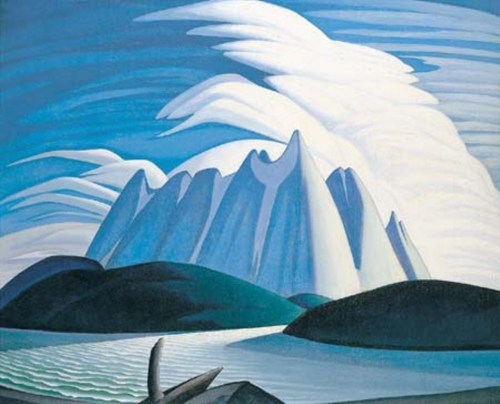
From the museum my time in Toronto sped into a high-powered mission, a crash course in Canadian culture. From the Hockey Hall of Fame (where Asian tourists posed in front of bronze-cast hockey players) to the CN Tower – the world’s tallest building – to Tim Horton’s for coffee and a sandwich, I tried to make the most of what little time I had.
But mostly I walked, weaving in and out of the crowded streets and soaking in life as a Torontonian would.
Maybe it was the overcast sky, but the city didn’t sparkle – and I liked that. It seemed almost dirty, a little rough around the edges – like it didn’t feel pressured to be so put together. I liked that every restaurant hailed from a different culture and that the faces I passed were of a thousand colors. I remembered something I’d read about Toronto’s burgeoning internationalism and reminded myself to look into it further. What I’d recalled was correct.
The Globalization and World Cities Study Group, based out of Lougborough University’s geography department, created a roster to rank the world’s largest cities into categories of world or “global cities.” Toronto is 14th on the list, not a bad claim-to-fame considering the competition. According to a 2001 report by the Migration Policy Institute, the total population of Toronto is 4,647,960.
Total foreign-born population? 2,091,100.
Yes, that is just shy of 45% of its population. (To give you a point of comparison, the same report on New York City in 2005 found its foreign-born population at 27.9%.) And an article by Statistics Canada estimates that by 2017, “more than half the population of Toronto would belong to a visible minority group”….making the term “minority” almost irrelevant, right?
And so with all its ever-expanding cosmopolitanism, Toronto seemed to me quite the amalgam. It was hard to hear the accent so similar to mine and not think I was still in the States, and yet the British influence couldn’t be escaped, whether in the spelling, the politics, or the architecture. The tiling in the subway looked strikingly similar to that of the London Underground, the fast-food restaurants were eerily American (but aren’t they always?), and a sign for the Centre for Addiction and Mental Health’s “Aboriginal Service” brought up issues on a whole other level altogether.
In many ways, I could’ve been anywhere, and for that reason I held onto things like the unmistakably iconic maple leaf – which popped up everywhere from McDonald’s signs to HGTV adverts – and the fact that the five-dollar bill in my hand pictured a game of ice hockey.
Only in Canada, eh?

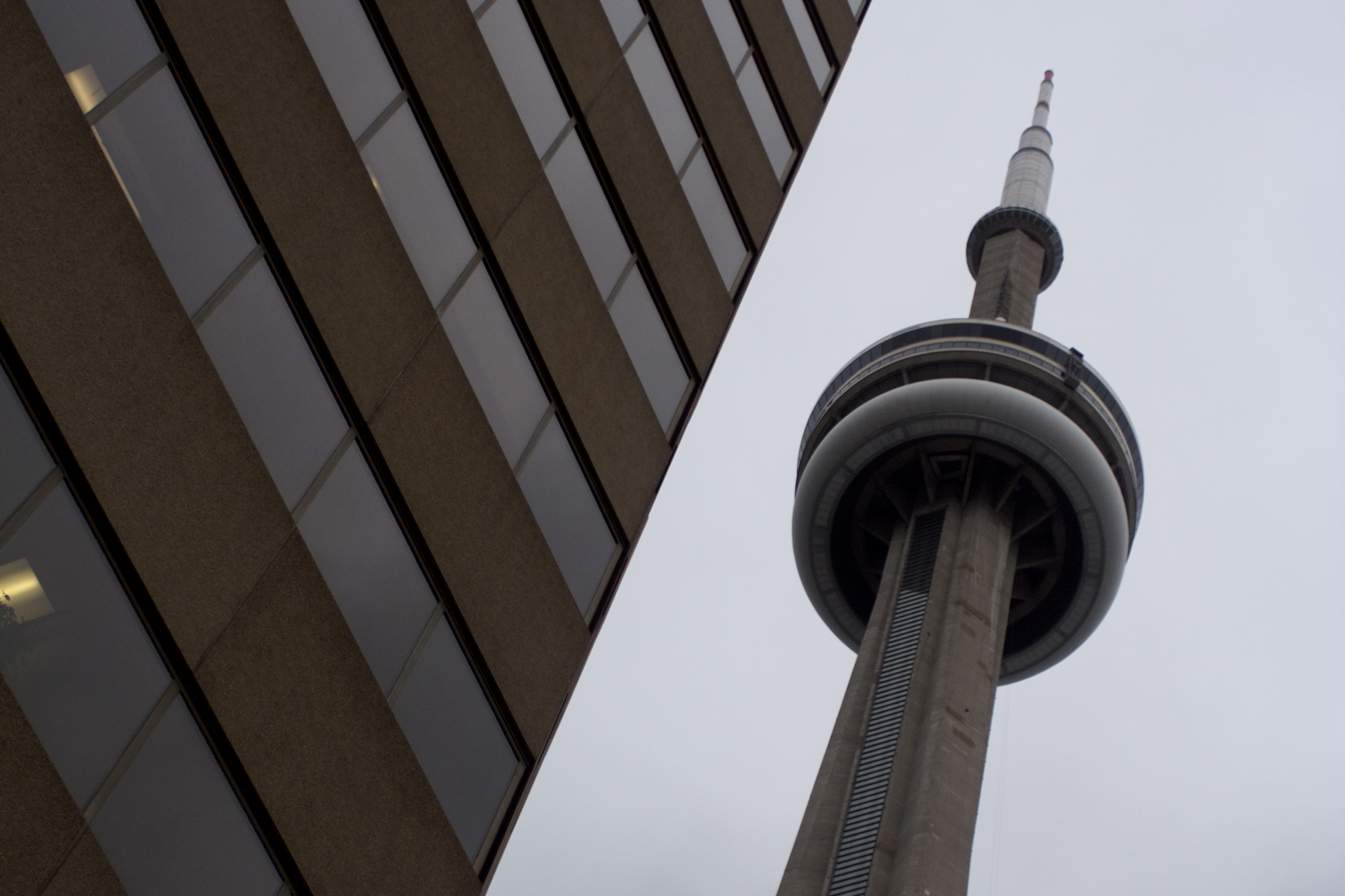
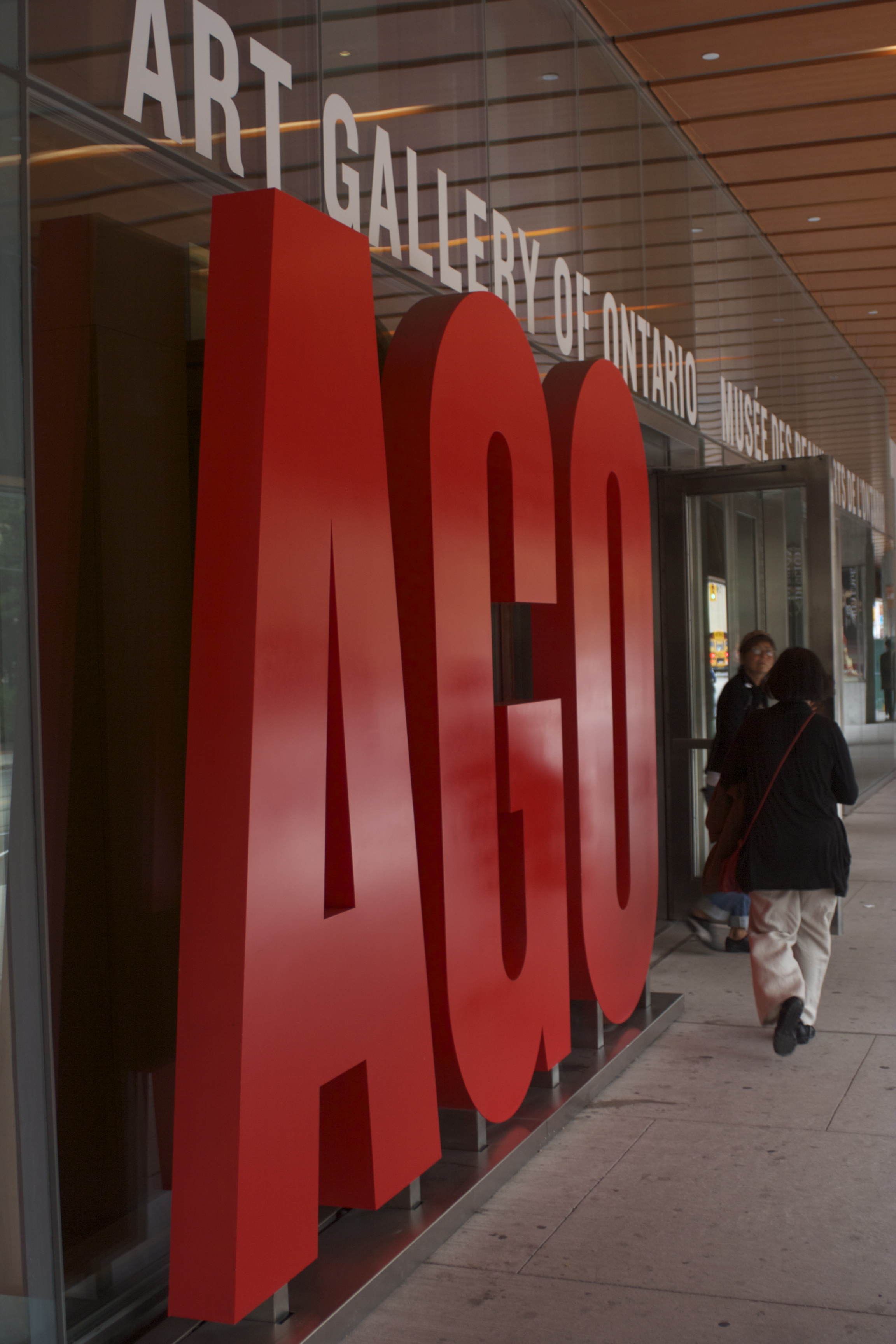

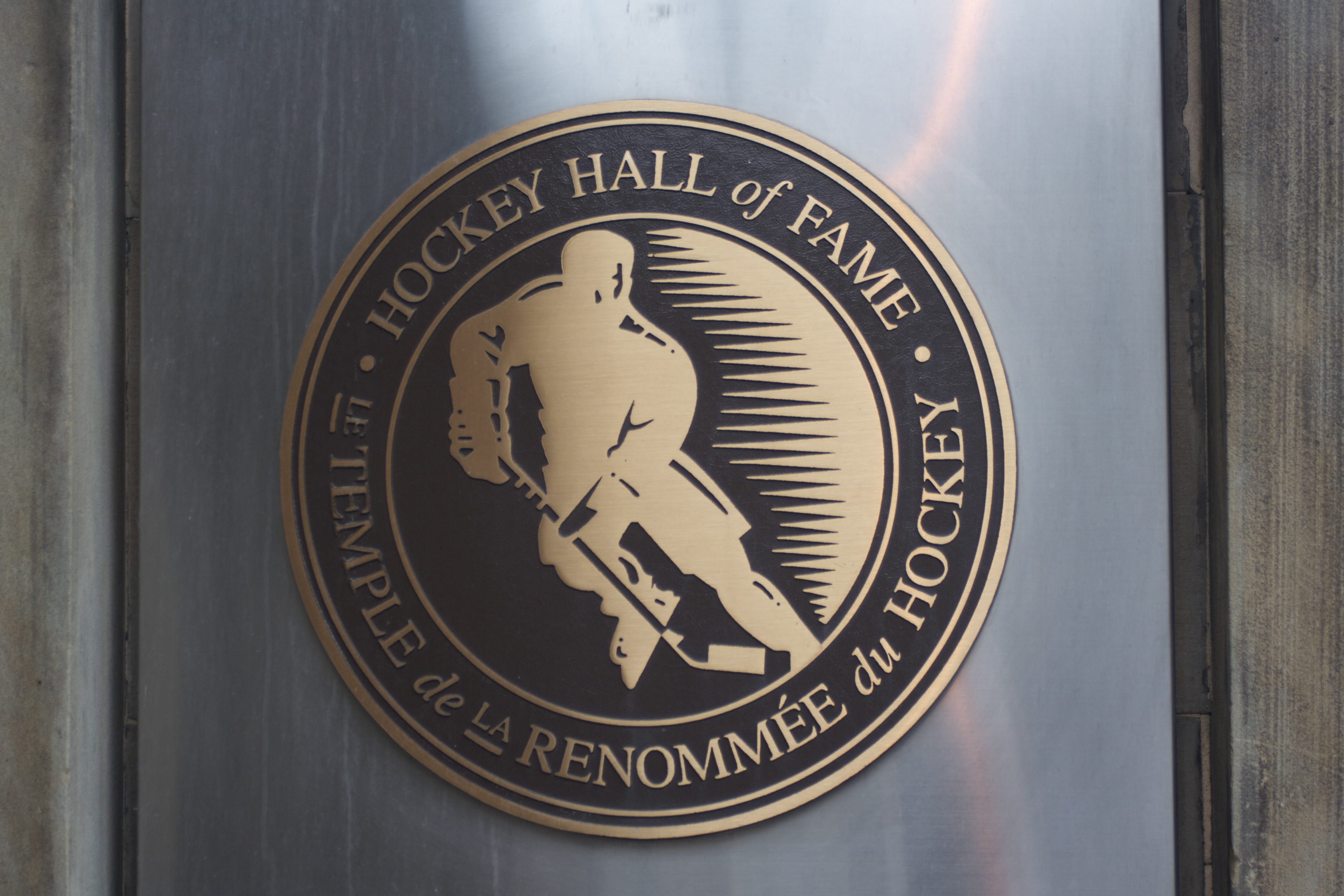

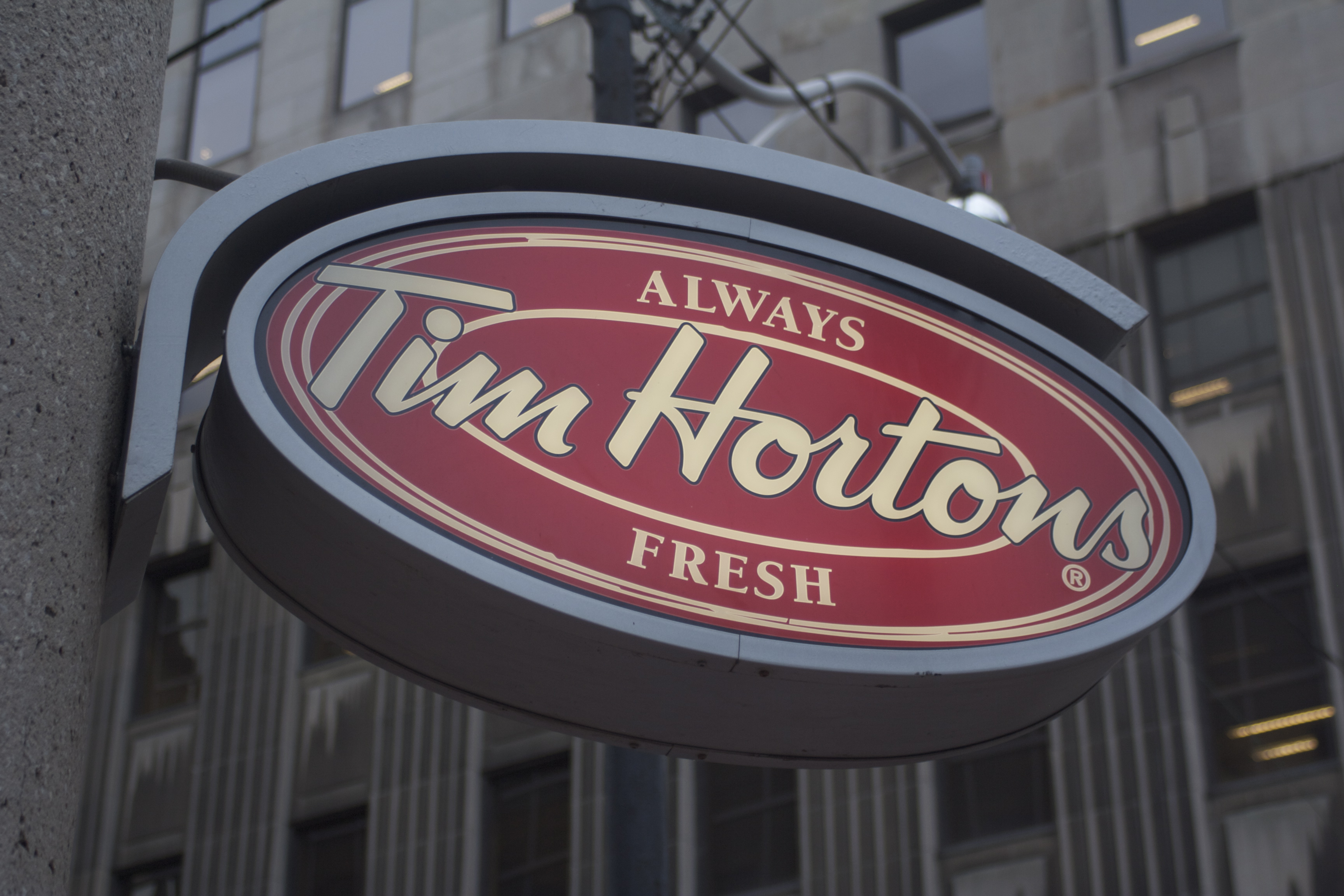
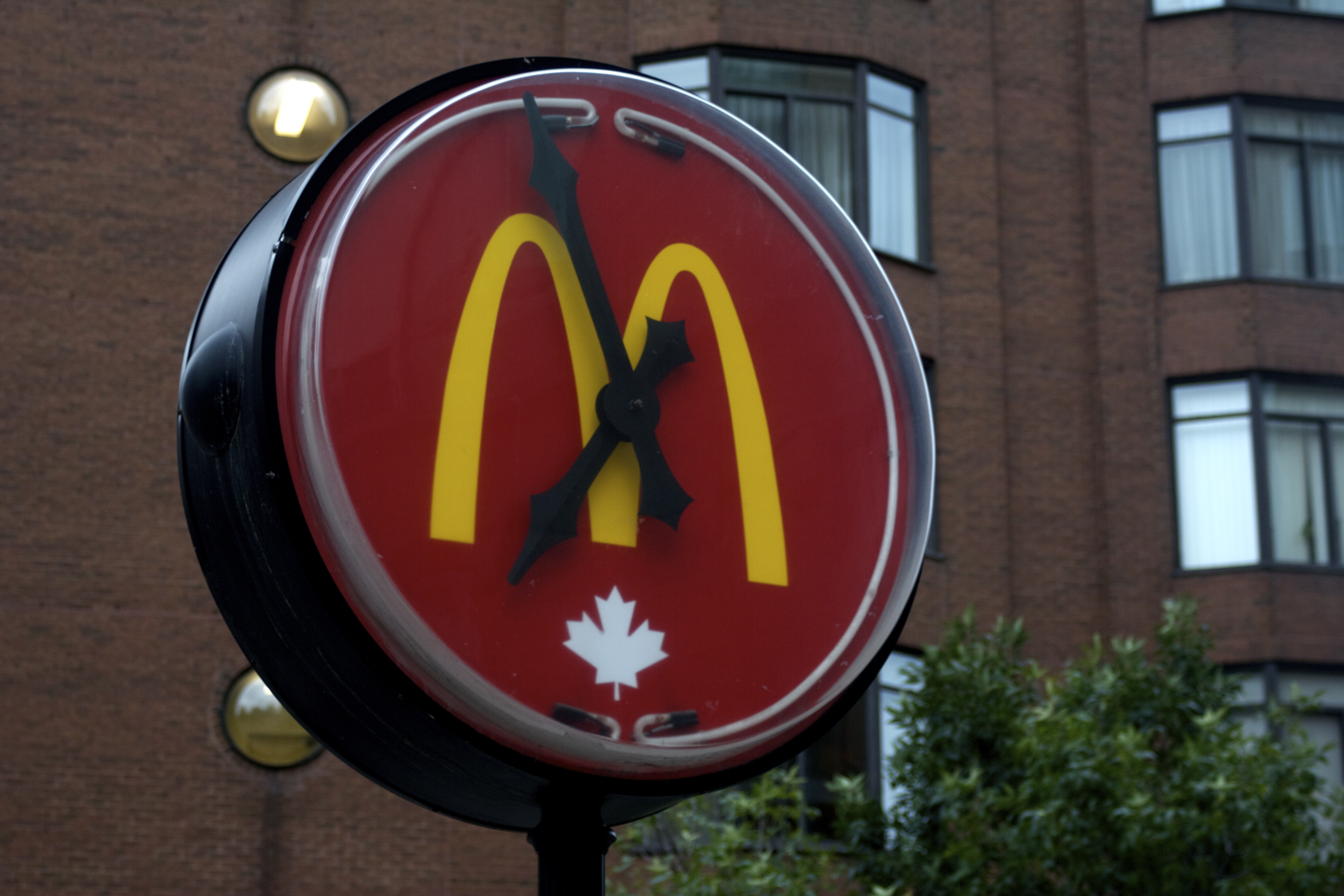
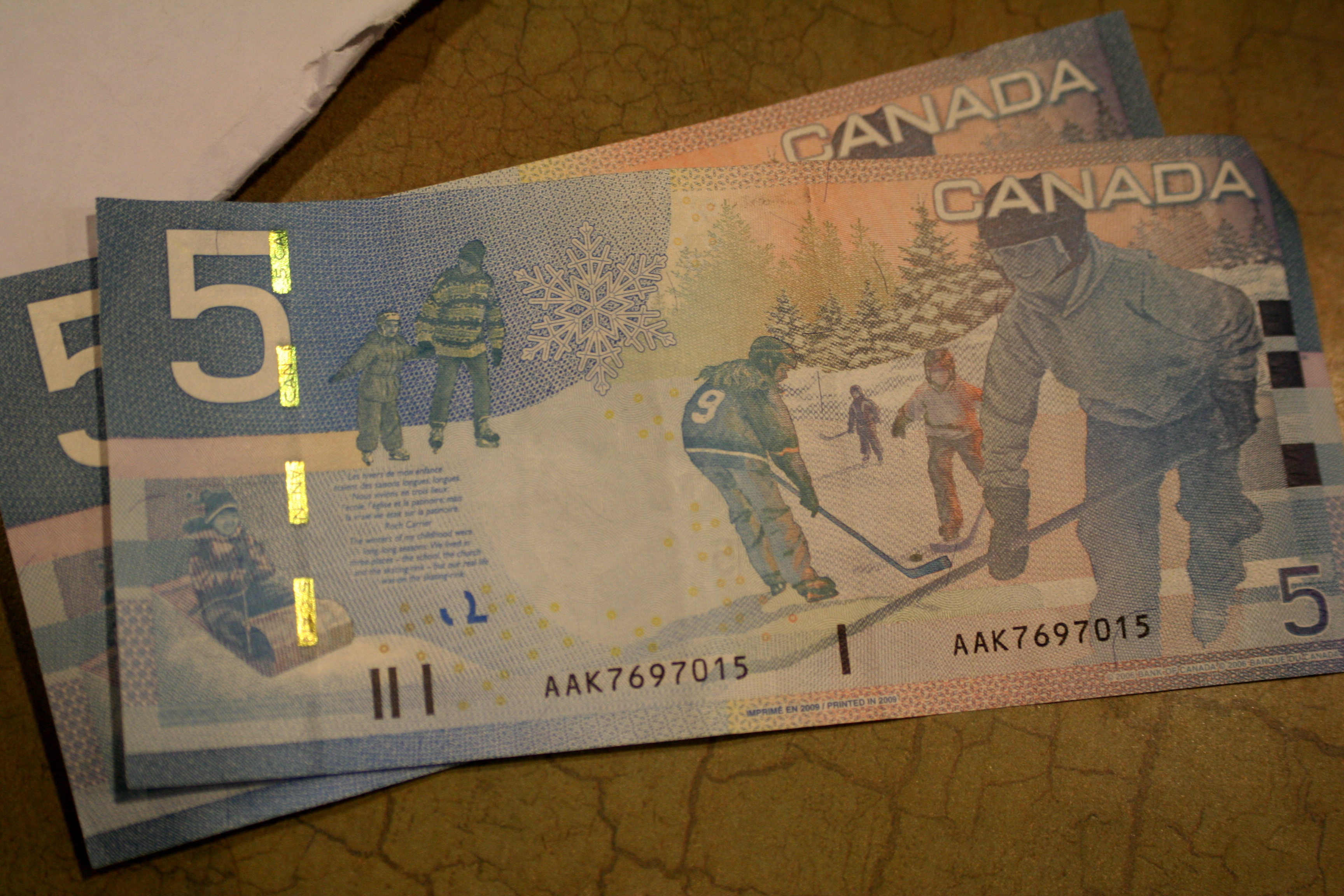
Oh, felt like I was walking with you. Loved your line that Toronto didn’t feel pressured to be put together. A little rough around the edges. Ok, now I am waiting for the walking tour of Kingston! LOVE!